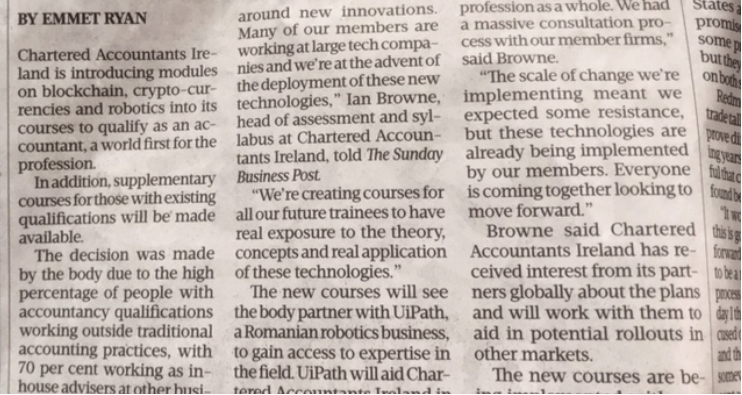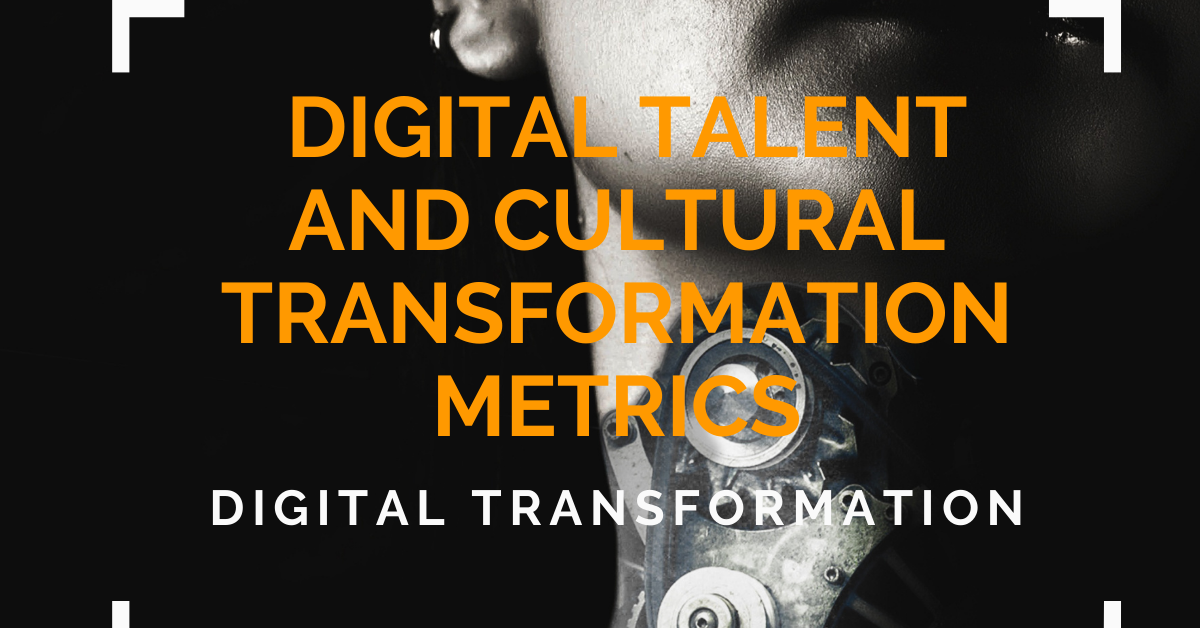A – is for Agile | Accessible | Attended RPA | APIs | Artificial Intelligence | Accountability
Welcome to the first in the series of 26 separate articles on the A – Z of Robotic Process Automation (RPA), Intelligent Automation (IA) and Digital Transformation (DT). This article highlights all things relating to intelligent automation and digital transformation beginning with the letter ‘A’.
1. Agile: Robotic Process Automation offers a fast solution to experienced (think seasoned C# or Python coders) and inexperienced coders (think subject matter expert citizen developers), to solve business problems at the program user interface level.
There is no longer a need to spend months coding line after line of complex code when attempting to pass data into, out of, or between computer applications.
Organisations thinking of implementing an RPA / IA platform should implement Agile ways of working, Design Thinking and Lean for Digital. You can’t congratulate yourself on becoming digital just because you have implemented Agile teams. However, Agile, design thinking and lean for digital practices do allow organisations to rapidly re-imagine the way it captures and delivers customer value in ways that are suited to the digital age.
“Create a methodology and set strict reviews around it. The art is keeping it simple; any idiot can make this difficult and leave a solution that is impossible to maintain.”
Gavin Price, RPA Jedi
2. Accessible Tools and Code: How easily your developers and/or your citizen developers can code is key to your truly expanding RPA | IA across your organisation. The more accessible your intelligent automation tools and the easier it is to build intelligent process automation, the more likely RPA | IA is to scale and scale affordably.
RPA | IA tools needs to be as available and accessible as, for example, Microsoft Excel is on your computer desktops. Whilst RPA | AI builds do need to follow strict organisational standards before distribution; the tools themselves need to be ubiquitous, and not the preserve of your IT team, if your business is to gain digital transformation traction.
3. Attended Automation: Robotic Process Automation (RPA) platforms come in a variety of flavours. You need to decide whether attended, unattended or hybrid is right for your organisation and select accordingly.
“Understand that different RPA tools are better for different purposes. Many of the large RPA vendors are well suited to unattended automation in back-office environments. Most will also claim to have some kind of attended automation solution as well – although interpretation of what is meant by attended automation can differ within the market. However, think carefully about selecting a tool to operate in a truly real-time setting e.g. a call centre. Whilst some forms of attended automation might be suitable for some call-centre type operations, you may be better suited exploring options with specialist automation offerings focused on call centres.”
Darren Mee, Partner & Management Consulting Lead
Choose carefully. Resist the temptation to ignore an unattended automation product that might be better suited to your needs ‘just in case’ things change later. Unattended automation products can be extended to become more like attended products with 3rd party tools or clever coding and robot monitoring.
“Great automation products aren’t defined as attended or unattended; they allow integration and collaboration between human and machine, and make it simple for you to choose how and when”
Paul Arnold, Head of Product and Development at Cortex Intelligent Automation
4. Artificial Intelligence: When infused with AI, bots can also see patterns and identify issues more accurately than people RPA is an excellent tool to automated repetitive, standard, voluminous, digital tasks. There are a lot of these in an organisation. Yet to scale and digitally transform an organisation needs to move the simple task execution offered by RPA.
“In many ways, RPA in isolation is dying out. It was the first iteration, usurped by intelligent process automation, which is infinitely more powerful. There will no doubt be many more iterations along the way, but utilisation of machine learning and artificial intelligence, may well be the most impactful.”
Edward Halsey, RPA Enterprise Account Manager
Integrating an organisation’s RPA platform with AI extends that digital capabilities of an organisations digital workforce. For example, OCR with an AI component allows an organisation to ‘read’ documents; implementing NLP allows an organisation to ‘listen’; and implementing ML allows an organisation to learn.
5. APIs (Application Program Interface): When considering an application as a candidate for intelligent automation, check with the application team to determine whether an API exists or if an API can be created, and what the cost might be. RPA is not the perfect tool for every occasion.
Most modern applications offer APIs, which offers a somewhat more resilient approach to automating interactions between applications in comparison to RPA. You might still wish to use an RPA tool to orchestrate between applications. However, depending on the process, or application, you can often gain greater reliability and speed by circumventing the user interface using an API instead.
6. Accountability: Everyone in the organisation needs to trained, communicated with, then held accountable for delivering and aligned to company goals. This responsibility falls firm on shoulders of the CEO and company leadership team. To deliver upon the benefits of a intelligent automation and digital transformation teams need; precision guided metrics; agile ways of working; access to digital tools and training; customer insights; clearly defined digitally enabled business outcomes; coaching; comprehensive change plans; creative freedom; all simultaneously coordinated so that company goals can be delivered. It is incumbent upon the CEO and executive team to hold themselves accountable for creating the right digitally enabled vision and environment; and then communicating that to the business.
“Without executive direction and leadership digital transformation programs often struggle to gain train. Seek executive support before you begin, then fight to deliver results to retain that support.”
Gourav Datta, RPA and Intelligent Automation Delivery Lead
What ‘A‘ do you consider essential to execute a successful robotic process automation | intelligent automation program?
Useful links:
- The A-Z of Robotic Process Automation (RPS), Intelligent Automation (IA) and Digital Transformation (DT)
- 8 questions to ask before you implement RPA.
- Forbes – what is AI?
- What is an API?
- 14 rules for Robotic Process Automation (RPA) and Intelligent Automation (AI) success
- If you are not willing to go all in, then don’t put on your RPA swimsuit.
- The biggest lie told to RPA customers – 50 robots equals success
- 40 essential selection criteria to choose an RPA platform
- 8 Key Roles in Your RPA Centre of Expertise
Tag and share: If this could benefit someone else tag them and share this.
Free to reuse: If you want to post this article on your LinkedIn page then please feel free to do so. The more information we share within the RPA community the more likely businesses are to succeed with this excellent technology.
Further Help: If I can help you in any way please do reach out.
Note: The views expressed above are my views and not those of my employ










Leave a Reply